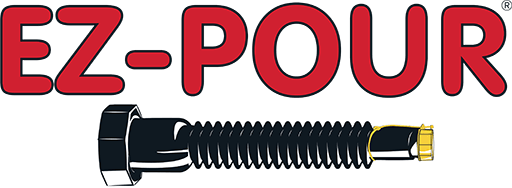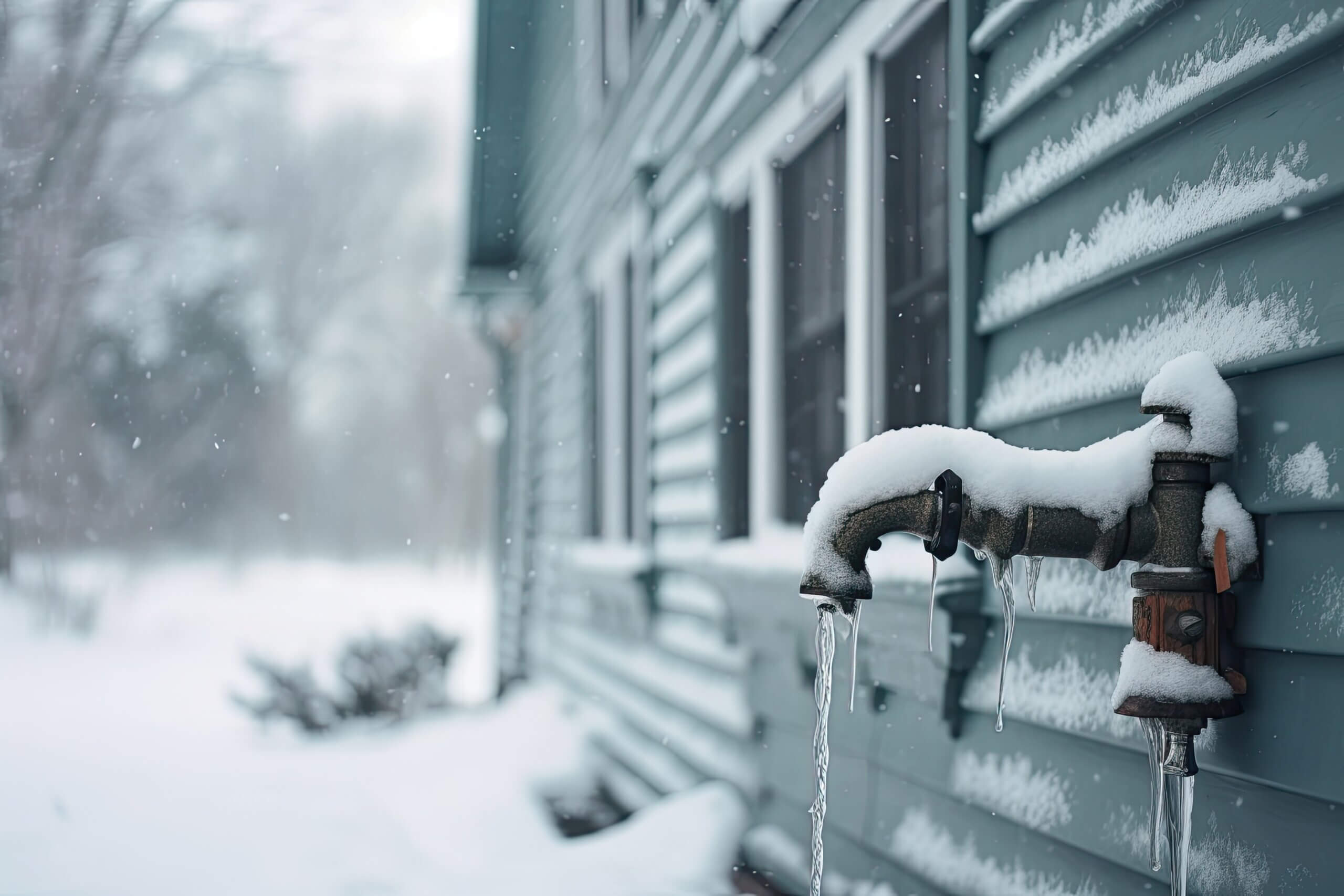Winter weather can be unpredictable. It’s not uncommon for a cold front to surprise many homeowners. It’s essential to make your home resistant to the harsh winter elements to be ready for whatever comes your way this winter. Keep reading to learn which steps you should take to weatherproof your home this season.
Prioritize Insulation
Warming your space is essential when cold weather strikes. Home insulation is the first step to keeping heat in. One way to do so is by adequately insulating your home. Before the winter season, check the insulation in your walls, ceiling, and attic. Proper insulation helps to trap warm air inside your home and create a barrier from the dropping temperatures outside. Other parts of your home to insulate could be pipes or your garage to protect from water freezing or electrical issues.
When considering replacing insulation, pay close attention to the R-value of your chosen insulation. R-value represents the insulation’s ability to resist heat that can travel through. Higher R-values are more densely insulated. The R-value will adjust depending on the part of your home you’re replacing and the climate you live in.
After checking your home insulation and feeling for drafts, laying rugs throughout a home can help keep additional heat inside. Rugs are beneficial for homes with hardwood flooring throughout large spaces.
Secure Your Windows
Cold air can seep into your home through small cracks in doors, particularly windows. If you notice your home tends to be drafty on chillier days, reseal any sections that have created gaps or parts of your windows separated from their fixture.
Window treatments also help reduce any additional cold air penetrating the home. Installing thicker curtains can help seal in heat. During the day, keep your windows open to allow sunlight into the space. At night, closing your window treatments locks in heat and helps to block cold winter air further.
Windows, in general, are a source of air penetration into the home. Opting for energy-efficient windows can help reduce wasted heat and minimize utility costs in the winter months. Energy-efficient windows contain higher-quality materials and multiple panes of glass; they are elevated from builder-grade materials and have a lasting impact on your home’s energy consumption.
Test and Replace Appliances
Like spring cleaning, winter home checks can increase safety and sustainability during colder months. Here are a few areas of your home to inspect before the changing season.
- Inspect and clean dryer vents.
While you should inspect your dryer vents regularly throughout the year, we tend to use heavier blankets and clothing during winter. These materials can clog vents and filters quickly because of their increased weight and volume. - Test your smoke and carbon monoxide detectors.
You should check your smoke detectors and carbon monoxide detectors monthly. In colder months, increased heat and light usage can lead to safety issues, especially for homes with a fireplace. Be sure to test each detector at the beginning of the season for optimal performance. - Replace HVAC filters.
Replace your HVAC filter for optimal airflow before turning the heat on for the season. A clean filter will allow your heat system to operate without lint or dust buildup.
Winterize Outside Home Features
Maintaining your home’s exterior is as important as checking the inside features. Many home features most affected by the winter weather are outside fixtures. These are a few areas to examine before winter weather approaches.
- Clean out your gutters.
Cleaning out built-up debris like leaves and sticks can keep gutters free from water buildup from snowfall. Maintaining a free flow for water runoff will help prevent leaks and unnecessary damage to gutters and drainage systems. - Winterize your AC unit.
If your home utilizes window AC units, make sure to remove and store these in a dry area. Removing AC fixtures can prevent unnecessary air leaks into the home. - Check your chimney and roof.
Ensuring your roof is up to standard is vital for keeping harsh weather out of your home. Check on your roofing materials and the quality of your roof to see if it can withstand the winter weather. Additionally, homes with chimneys should inspect and clean masonry before using a fireplace at the beginning of each season.
Keep the Right Materials Handy
Take time to stock up on all the winter supplies early in the year. Ensure you have a good shovel if you live in snowy areas, purchase de-icing salt to walk on your property safely, and keep ice scrapers handy for your vehicles. Extra handy items include batteries, flashlights, and emergency blankets to keep on hand in case of particularly harsh weather.
Winter Weather Made Simple with EZ-POUR®
The winter season can be challenging, but EZ-POUR® helps keep homeowners prepared. Our adjustable spout and adapters keep gas cans functioning all year so that you can keep up with home maintenance no matter the project. Shop online or contact us today to find the EZ-POUR® product you need!

